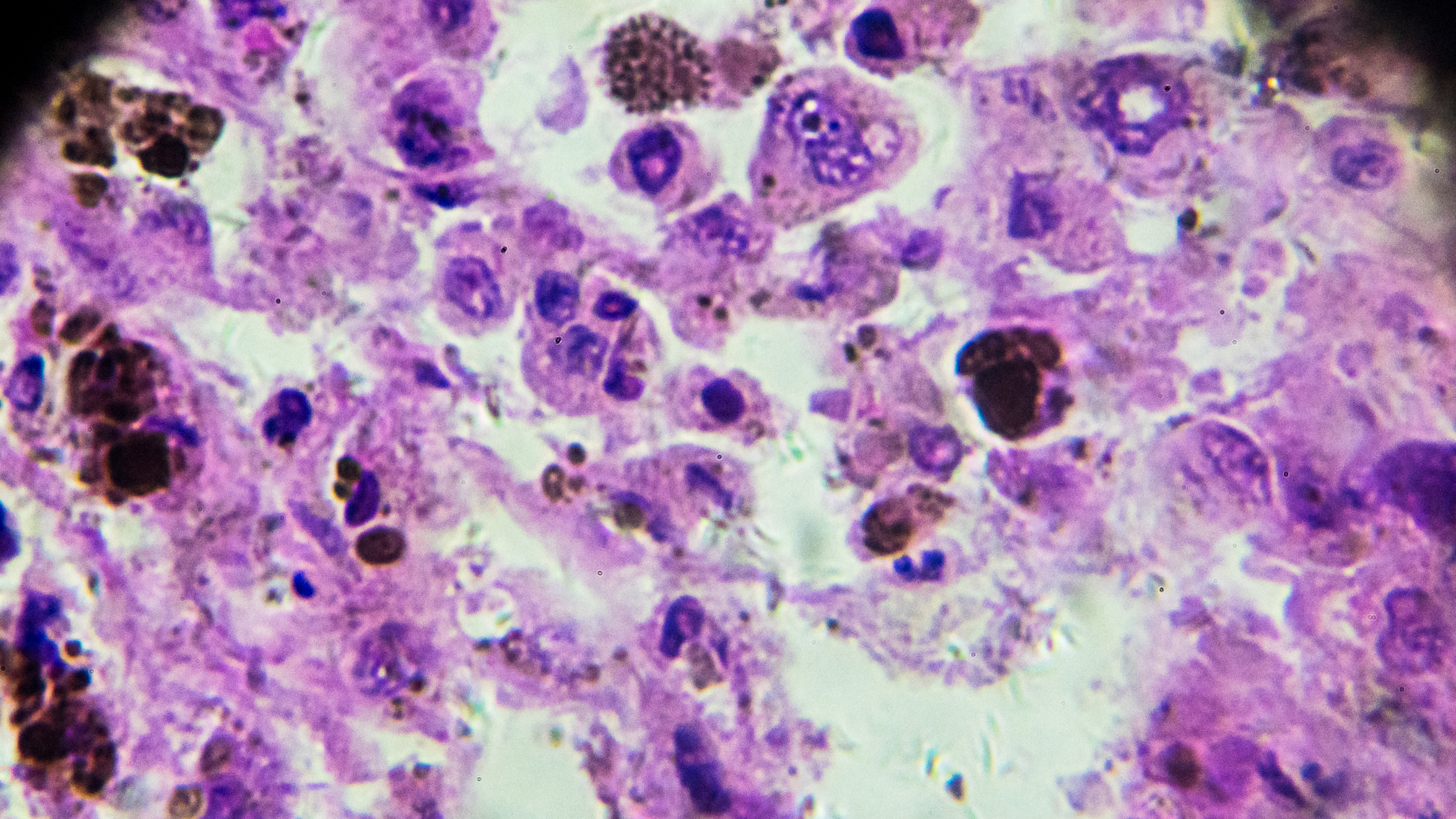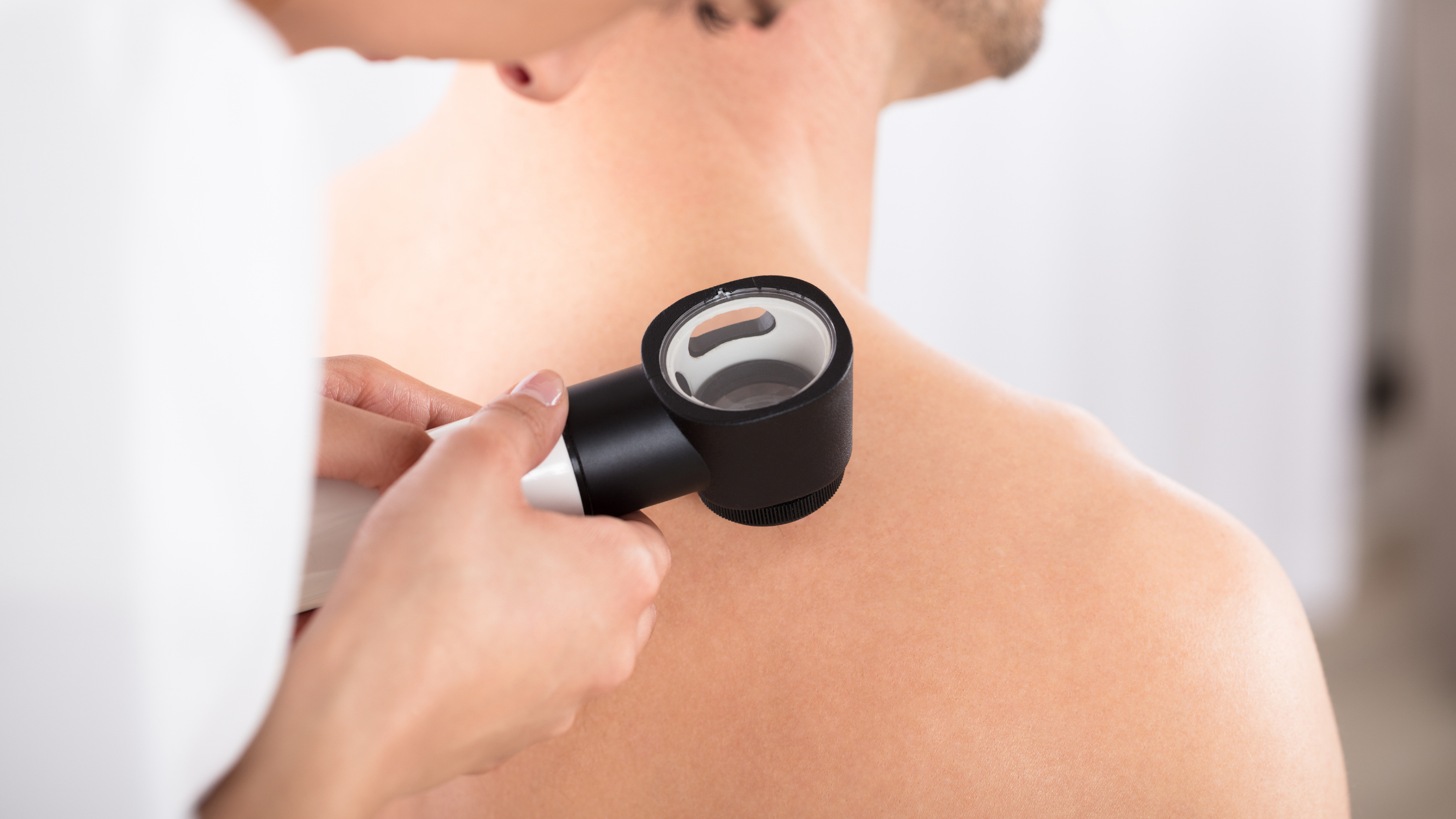Melanoma: The Deadliest Skin Cancer
Written by TYE Medical on Jul 13th 2022
Even though melanoma is less common than other skin cancers, it is more likely to grow and spread than other types. This is what makes it far deadlier than other skin cancers. Overall, it’s skin cancer is the fifth most common cancer after breast, lung, prostate, and colorectal.
Although the average age of a melanoma diagnosis is 63, in recent years, the condition is increasing in people under 40 and has become one of the most common cancers among young adults in the U. S. This means that, regardless of your age, it’s wise to be attentive and proactive when it comes to your skin.
The lighter your complexion, the greater your risk of developing melanoma. Incidents of melanoma have increased steadily over the past 30 years, specifically over the last 10 years. For men and women in the U.S. age 40 and above, melanoma rates have increased by 1.8% annually. More than 9,000 people die from melanoma each year.
Awareness is key, so here are the warning signs, causes, and treatment information you need to know.
What Is Melanoma and How Is It Different from Other Skin Cancers?

Melanoma is considered “internal cancer” according to medical professionals and even insurance companies. This is because melanoma can spread (metastasize) from your skin cells to other parts of your body. Other common types of skin cancer like basal cell and squamous cell skin cancers rarely spread beyond your skin.
The epidermis, or top layer of your skin, is comprised of three skin cell layers. The outermost layer contains squamous cells, the middle layer contains basal cells, and the deepest layer is where you’ll find melanocytes. These cells create melanin, a pigment that protects the deeper layers of skin from the sun.
Melanoma is cancer of the melanocytes.
What Are the 5 Signs of Melanoma?

When checking yourself for melanoma, try using the “ABCDE” rule. This will help you spot a mole that isn’t as innocent as it might at first seem.
- Asymmetry: One side of the mole doesn’t match the other.
- Border: Edges are irregular, notched, blurred, or ragged.
- Color: It’s not even or the same all over, like different shades of black or brown, sometimes including areas of white, pink, blue, or red.
- Diameter: The spot is larger than a pencil eraser or more than ¼” in diameter. Sometimes, they can be smaller than this.
- Evolving: The mole is changing shape, size, or color.
Even with this guide, assessing potential skin cancer can be tricky, especially for the untrained eye. If you have any doubts or questions about a mole, spot, or growth, it’s best to schedule an appointment with a dermatologist. Be sure to mention anything questionable, including:
- Any new spots
- Any sore that doesn’t heal
- Any spot that doesn’t look like others on your skin
- Color that spreads from the border of a spot into the surrounding skin
- Redness or a new swelling beyond the border of a mole
- Changes in the surface of a mole: oozing, scaliness, bleeding, or the appearance of a lump or bump
- Itching, pain, or tenderness in an area that doesn't go away or goes away then comes back
What Causes Melanoma Skin Cancer?

Like many cancers, there is no definitive cause but several known risk factors. Having one or more risk factors doesn’t guarantee you’ll develop melanoma, but it does increase the likelihood.
You’re probably aware that sun exposure and tanning beds are risk factors for all skin cancers. But what is it about the sun and the tanning bed lights? Does wearing sunscreen solve the problem? You may be someone who says, “I don’t burn, I tan” and assume it’s safe for you to soak up the sun or frequent the tanning salons.
When it comes to skin cancer, the issue isn’t whether or not you get a sunburn (although that’s never a good thing), the issue is how much ultraviolet (UV) radiation exposure you’ve had. Or at least, this is the biggest risk factor.
It’s the UV rays that can turn your melanocytes cancerous–and more specifically, it’s the UVB radiation. This is what sunscreen protects against. Even though only 5% of the UV rays from the sun are UVB, this type of radiation is very high energy.
Other melanoma risk factors:
- Fair skin
- History of sunburns
- Having many moles
- Family history of melanoma
- Having a weakened immune system
Does Sunscreen Prevent Melanoma?
According to skincancer.org, you only reduce your risk of developing melanoma by 50% when you regularly wear SPF 15 or higher. This means you can’t rely on sunscreen to prevent skin cancer. It is sunscreen meaning that some UV rays aren’t filtered out or blocked. SPF 15 sunscreen blocks 93% of UVB radiation, and SPF 30 blocks 97%. And not all sunscreens block UVA radiation, which is responsible for skin damage and aging. If you want protection from both, look for products labeled “broad spectrum”.
You’re probably thinking, “Those numbers are pretty good!” And it would be if other external factors didn’t drastically reduce these percentages. Most of us don’t put on a thick enough layer to get the fullest protection, so we’re already getting less than stated above. And if you don’t reapply at least every two hours, the protection wears off and you’re exposed.
It’s also important to remember that SPF sweats off and rubs off. So overall, you’re getting notably less protection that you realize. This is why SPF shouldn’t be you’re only means of sun protection.
So, yes, wear sunscreen whenever you must be in the sun, but also combine this with other sources of protection like:
- Avoiding the sun between 10 a.m. and 4 p.m.
- Wearing a wide-brimmed hat
- Wearing sunglasses with UVA and UVB protection
- Wearing UV protective clothing
Treatment for Melanoma

When detected early, melanoma can often be treated surgically. While you’re under local anesthesia, your surgeon will remove the tumor and some of the surrounding healthy tissue called the “margin”. This helps ensure that any stray cancer cells aren’t left behind.
But if the cancer has spread to your lymph nodes and other parts of your body, your doctor will need to attack the cancer with a combination of treatments that may include surgery, radiation, chemotherapy, and immunotherapy drugs like Keytruda. Immunotherapy stimulates your body’s immune system to attack and destroy cancer cells. In recent years, it has proven to be very effective in treating metastatic melanoma.
Targeted therapy may also be effective in some cases, and many advancements have been in this field of treatment. This allows scientists to attack specific vulnerable points in certain melanomas.
Surviving Melanoma

The prognosis for initial melanoma survivors depends largely on the stage of cancer. Of course, the earlier melanoma is detected and treated, the greater the chance it won’t return. It’s also helpful to remember that statistics are accurate for the general population and may not always apply to an individual. But the number gives you an idea of what you’re facing and can motivate you to be proactive in your follow-up care.
According to the Melanoma Research Alliance, the five-year survival rate by melanoma stage is as follows:
- Localized melanoma (Stage 0, Stage I, and Stage II): 98.4%
- Regional melanoma (Stage III): 63.6%
- Metastatic melanoma (Stage IV): 22.5%
Stage 0
Cancer cells exist only in the epidermis (the outermost layer of skin). The melanoma is removed surgically with small margins, and this is typically the only treatment needed. Melanoma at this stage is highly curable with little risk for recurrence.
Stage I
In this stage, the melanoma is up to 2.0 millimeters or less in thickness, which is about the size of a sharpened pencil point). The cancer hasn’t spread to the lymph nodes, lymph tissues, or body organs. For treatment, the tumor is excised during a minor surgery. Stage I is also highly curable with low risk for recurrence or metastasis to other areas.
Stage II
In the second stage, the melanoma penetrates into the dermis layer but hasn’t spread to the lymph nodes, lymph tissues, or body organs. It is cured through surgery alone but is still considered an intermediate to high risk for recurrence and metastasis.
Stage III
In the third stage, the melanoma has penetrated to the bottom of the dermis layer and has spread to nearby lymph vessels, lymph nodes, or skin. Sometimes melanoma in this stage can be cured through surgery alone but other times may require a combined treatment approach. Stage III is considered intermediate to high risk for recurrence or metastasis.
Stage IV
In the fourth stage, the melanoma has completely penetrated the dermis and has reached the subcutaneous fat layer. It has spread to other parts of the body like the lungs, liver, brain, gastrointestinal tract, or distant point in the skin. Several treatments may be combined for a more aggressive approach. Because it has spread, it is difficult to cure and only a small number of people respond well to treatment and survive for many years afterward.
Melanoma and Elder Care

Sometimes melanoma appears in areas that haven’t been exposed to UV rays. This if often due to genetics and other factors that activate cancer cells in the melanocytes. If you’re a caregiver, it’s important to watch for signs of melanoma even in the genital area.
If you’re changing adult diapers and incontinence underwear for your loved one, take note of anything unusual or that seems to have changed. Use the guide provided in this article and remember to regularly check yourself for signs of melanoma and other skin cancers.
Shop our online store for incontinence products that are discreetly shipped to your door for free.


